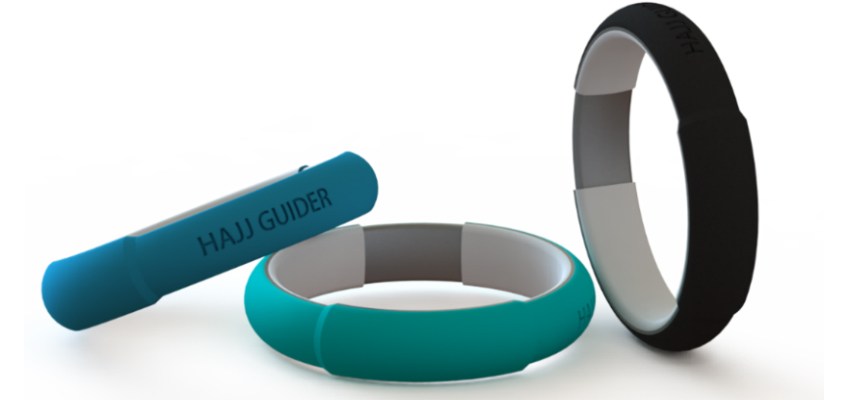Hajj and 'Umrah
Hajj Pilgrimage Goes Hi-Tech To Reduce Incidents
Every year millions of Muslims visit Mecca for Hajj, the great pilgrimage that believers must undertake at least once in a lifetime, in a certain period of the year, and Umrah, the ‘minor’ pilgrimage, which can be undertaken at any time.
The numbers are stunning: in July, 14 million pilgrims visited Mecca for the Umrah. In September at least 2 million people gathered for the Hajj.
The density of the crowd is extraordinary as well: researchers estimate it can exceed six people per square meter, with startling consequences in terms of safety and security. Just little more than a month ago, a crowd stampede caused the deaths of at least 2,268 people who were suffocated or crushed. Less serious, but still troubling, is the fact that family members that travel together often get separated, and old people and children can easily faint or get lost.
Making sure nobody gets hurt is basically a crowd control, or crowd management problem, one that technology could perhaps help to mitigate. There several projects in store, ranging from the use of computer simulation software designed to predict crowd disasters, to the prototyping and commercialization of wearable devices that could help pilgrims not to lose their sense of direction, and keep track of fellow travelers.
One example of the latter is the Hajj Guider, a smart bracelet that, coupled with an app, will allow pilgrims to communicate via two-way audio, track each other and provide navigation and guidance services. It is being developed in Pakistan by a group of engineers and developers that have several years of experience in developing software and web platforms for clients like Sony , SEGA and Diageo
“The initial idea,” they told me, when we recently met in Turkey, where they were pitching their product at the StartupIstanbul competition, “was to create a mobile application to help pilgrims track each other and navigate during Hajj and Umrah.”
“However, we quickly realized that a smartphone application would have dependencies, such as cellular signals and limited battery life. So, we decided to focus our attention on a wearable band, which would allow pilgrims to track each other, press a panic button in case of emergency, and communicate offline.”
The device, of which a prototype is currently available, would costs less than $100 and would also work without Internet connection, using a technology that creates its own mesh network. “I cannot go into details because the use case is still under going patent documentation,” one of the founders, Moeez Qadari tells me by email. Full scale launch is scheduled for Hajj 2016.
Hajj Guider is not the only electronic bracelet that aims at making the pilgrimage experience safer: as Al Arabiya reported in May, the Saudi Ministry of Hajj is working on a similar device that would help pilgrims move through the streets of Mecca. Aside from giving directions, it would also contain the pilgrim’s address of residence and his full medical records.
Source: Forbes

